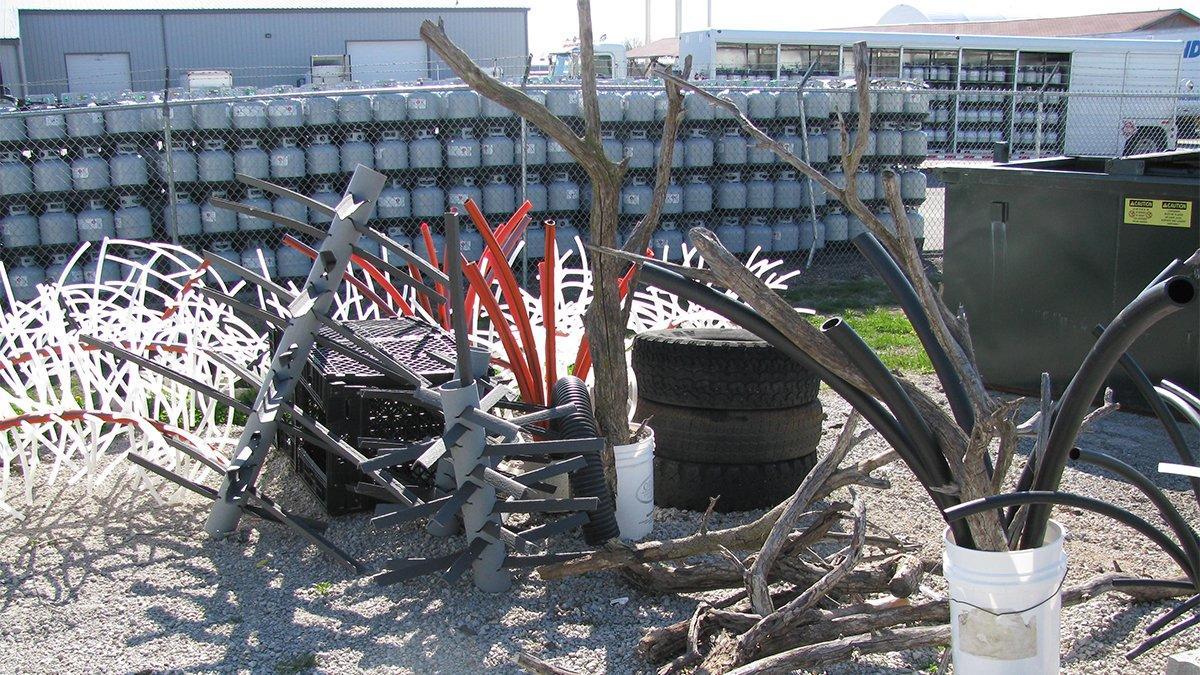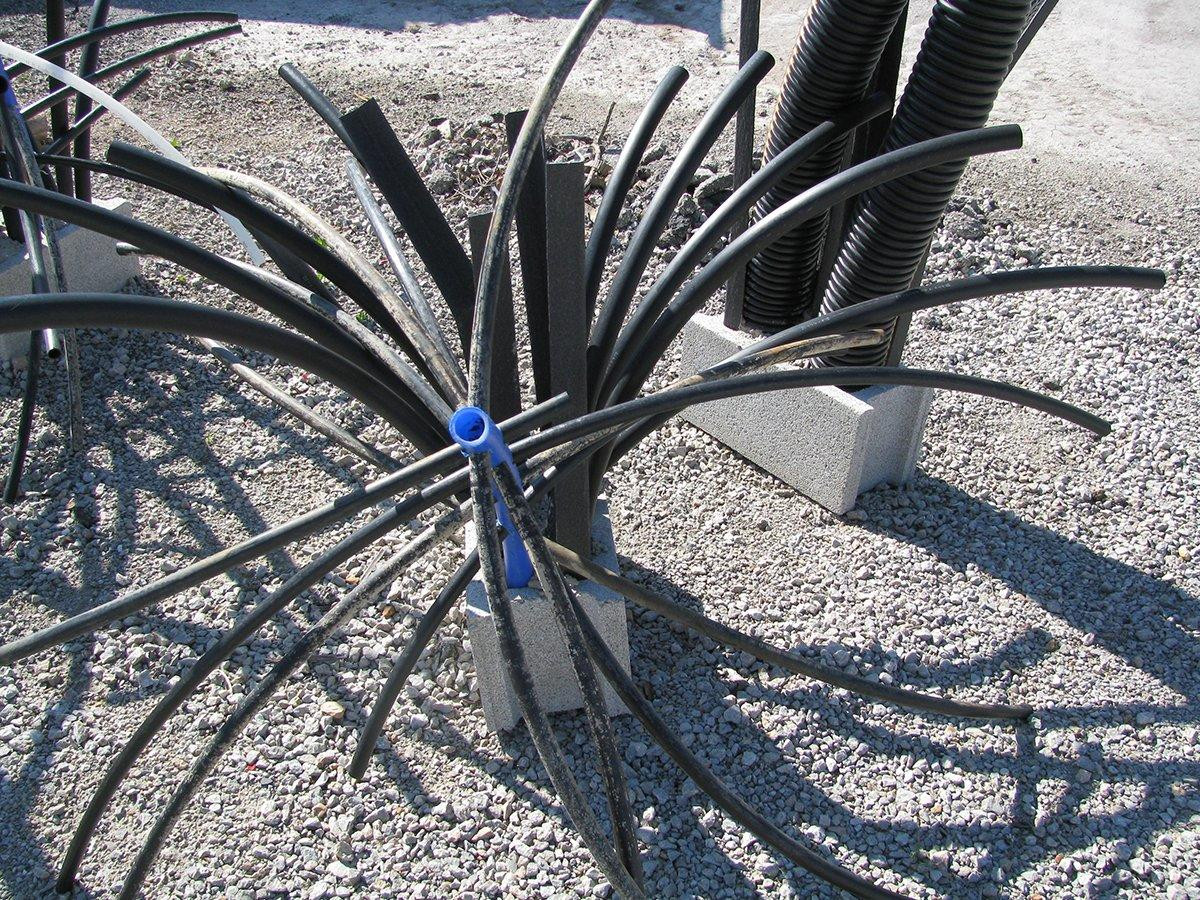We are not building many new lakes and as more anglers get involved in fishing, creating an environment conducive to excellent recruitment and low mortality is everyone’s job. It’s all about habitat in fishing and as our lakes age, the cover that was once plentiful begins to disappear.
Anglers working with their local municipalities can make a difference and finding ways to sustain an eco-friendly management program for each fishery should be the plan. Having favorable cover not only serves the bass fishing community but also panfish, catfish and crappie as well. Your local lake can be improved with a watershed habitat plan and that plan can be evergreen. The timing and what type of cover is the key.
Lake resource management is a science and that is why it is important to engage both DNR and fisheries biologists on each body of water where habitat programs are initiated. Fisheries folks are a wealth of knowledge and have resources from studies and grants but local anglers are valuable to these efforts as they see trends, are on the water more and have a vested interest in sustaining their fisheries without creating side effects that can be detrimental long term. Better water quality, more cover and more fish is the ultimate outcome but a strategy must be in place. An every-man-for-themselves strategy of sinking of brush may work for individuals, but the overall impact for the entire fishery is minimal with this approach.
In years past, the use of used Christmas trees was one of the most economical types of cover anglers used. They work well for a period of time but experience shows they degrade quickly and their effectiveness lasts only a few years, if that. Hardwoods like hedge and autumn olive last longer but are hard to find in some areas. Autumn olive is an invasive brushy bush so cutting them can be favorable to those who manage timbers and they don’t end up in a burn pile creating another environmental issue. Manufactured porcupine structures were also used but they seemed to degrade quickly and become brittle.
Cinder blocks have been used for years for ballast but woods like hedge sink on their own due to their density. Trees that fall into the timber can be pulled back into the water and also serve as bank protection, too. In our local area we have utilized fallen and dead trees effectively for cover.
A few years ago we started utilizing 4 to 8-foot pieces of hedge in “bucket structures” used with a small amount of concrete in a 5-gallon bucket. More is not necessarily better with cover and a simple 4 to 5-branch arrangement not only serves as cover for fish but can also be excellent pre-spawn staging areas and resting areas for fish after the spawn; two or three pieces in a cinder block work well too.
We coat the wood with egg before sinking to improve bacteria and vegetation growth on these structures. Sinking a handful or two of inexpensive dog food with these structures help get panfish using them quickly as well. Simply pour a small amount of dog food in a nylon stocking and attach it to the base of the structure for best results.
The Friends of Reservoirs has sprouted local organizations across the country to friend local lakes that is reminiscent of “adopt a highway” programs but center on better water quality and better habitat too.
In my area, we have two very active local groups, Friends of Dawson Lake and Friends of EverBloom that work with Central Illinois lakes Dawson, Evergreen and Lake Bloomington respectively and have been heavily involved both with water quality projects like riffle structures and stream siltation projects but also habitat projects too. Riprap bank protection has improved water clarity and the stream projects have reduced silting incrementally thus clearing up all of the lakes.
The habitat projects have gained steam in the last few years, too. High school anglers have helped with the builds at sectional tournaments but a tireless effort using waste fiber optic inter duct tubing has been available and utilized. Structures of all shapes and sizes are easily built with this material and when used in conjunction with pex tubing and underfloor water tube makes for some exotic-looking and fish-attracting structures. A small amount of ballast sinks these structures easily and materials that were headed for a landfill are now making our lakes better. How cool is that?
These structures last forever and hold all kinds of fish. Box structures made from discarded bread crates also work exceptionally well and can be removed if necessary during drought or low water conditions.
It is good to waypoint all man-made lake structures both for fishing but also for safety concerns. Knowing migration routes, spawning and summer fishing locations can sweeten the pie and also give small fry and shad a place to congregate and have cover.
It is very important that anglers work with city and county governing bodies as well as Department of Natural Resources groups for best placement and permission and to eliminate safety and boating concerns. There is nothing better to an angler than building a brush pile or habitat and then catching a fish off of it. Its kin to making your own lures and doing the same.














